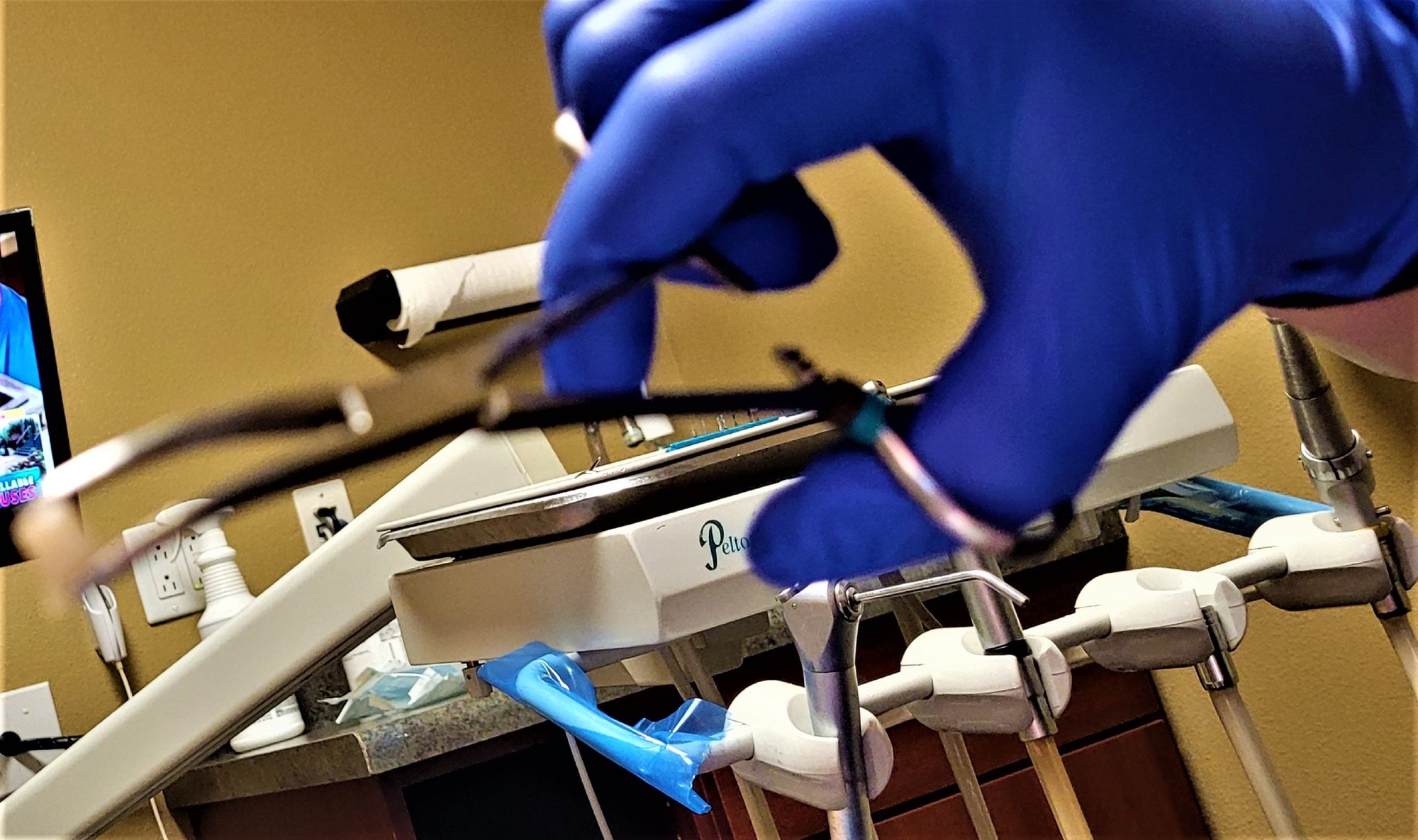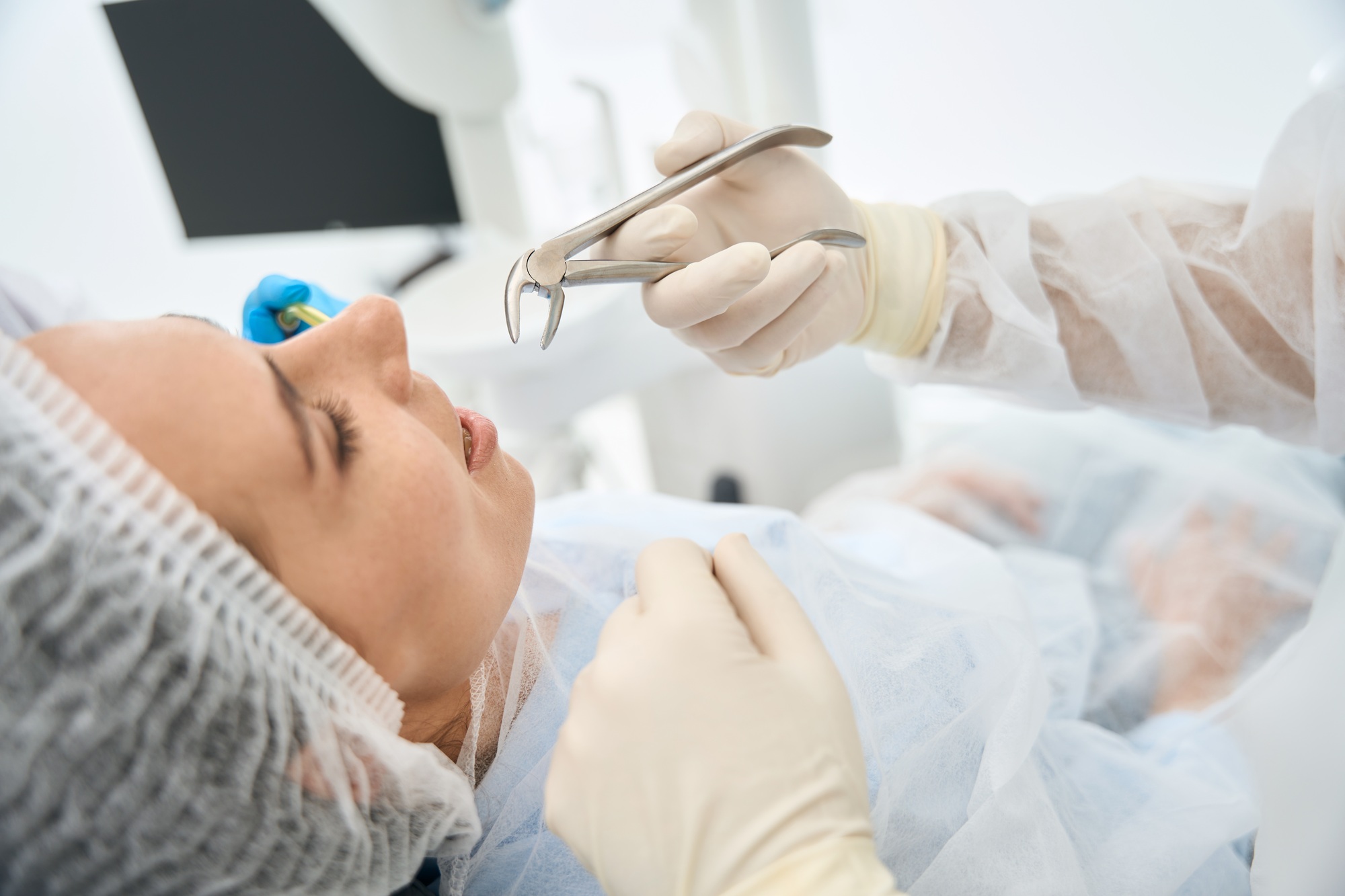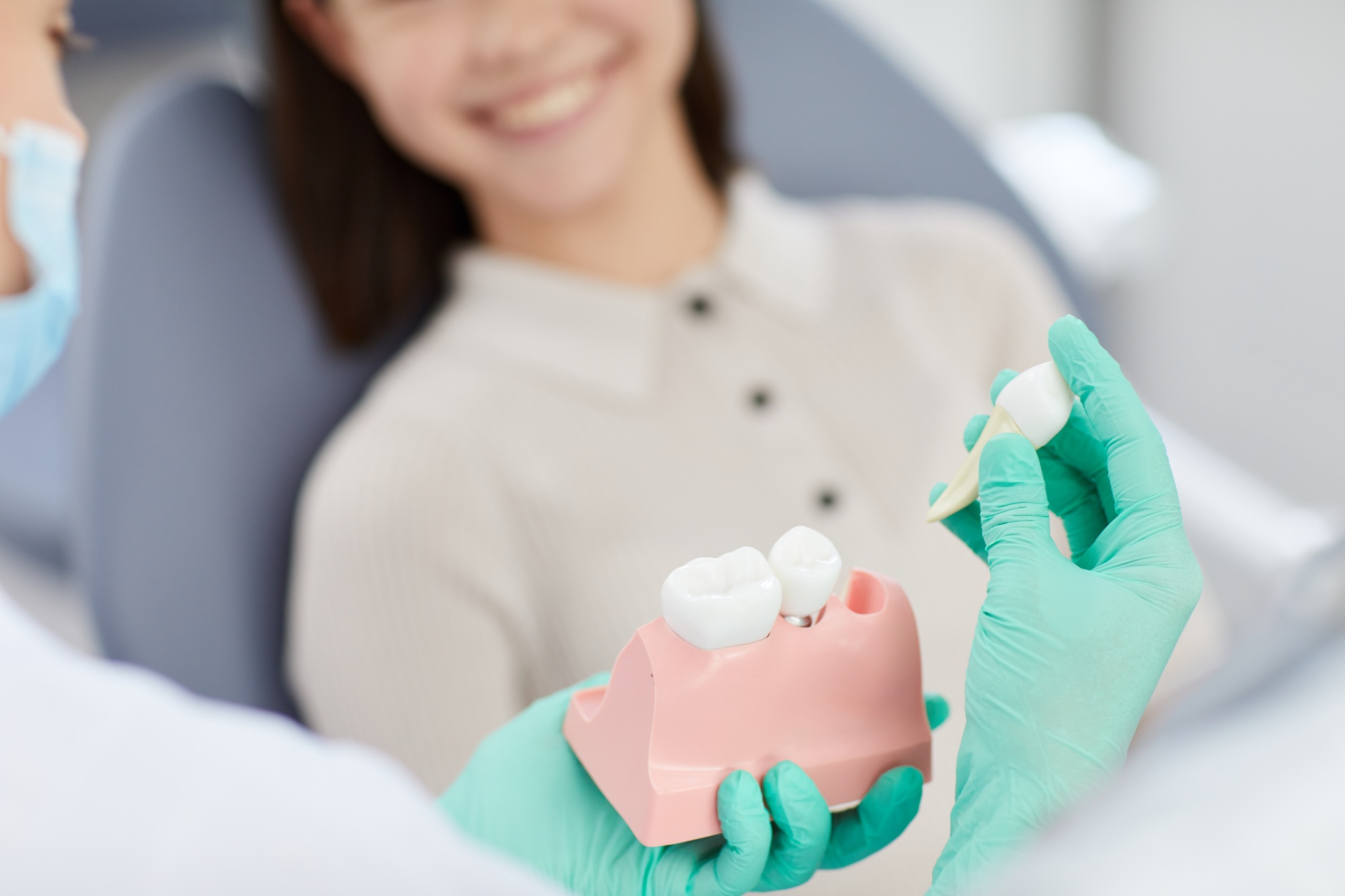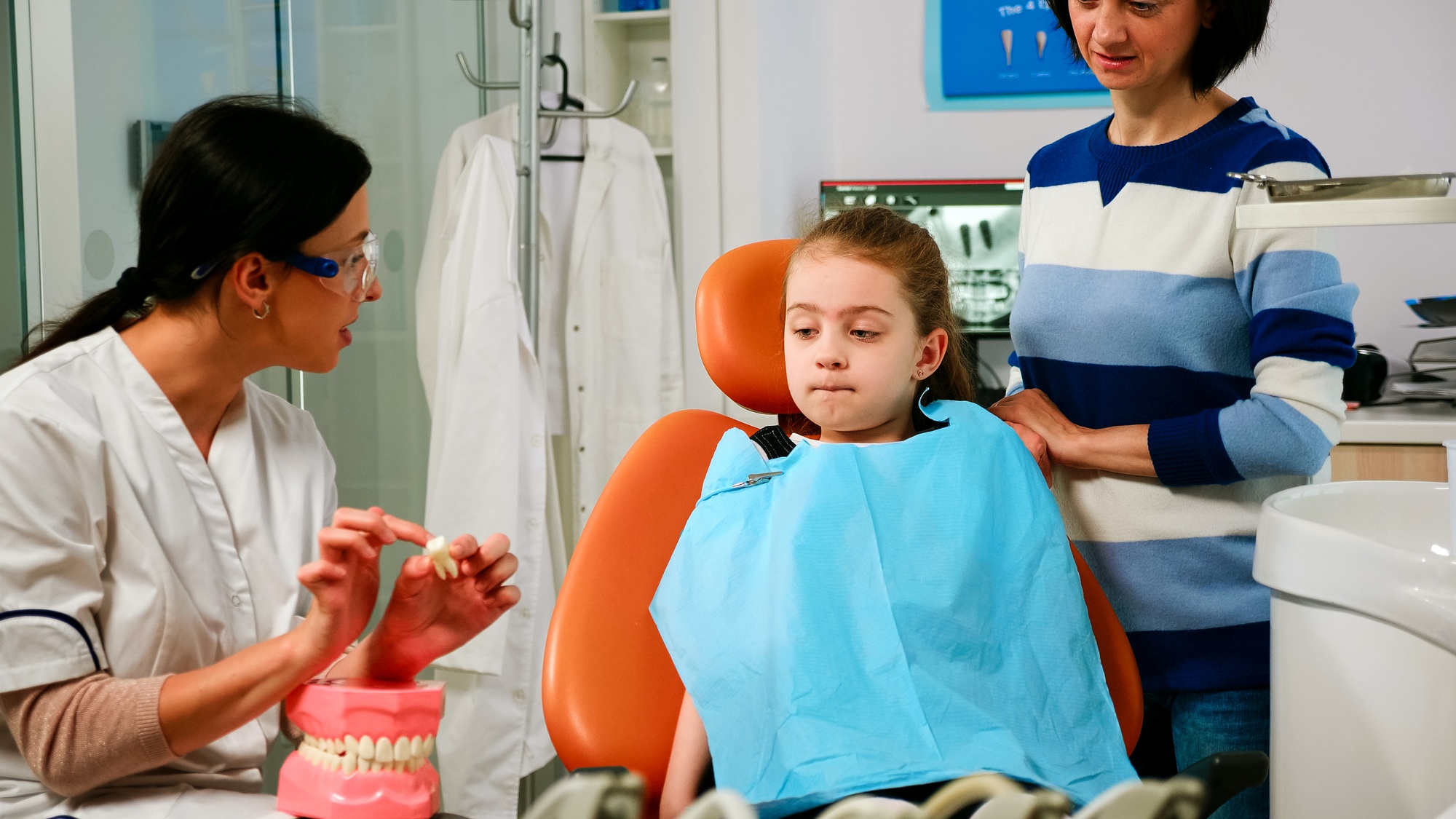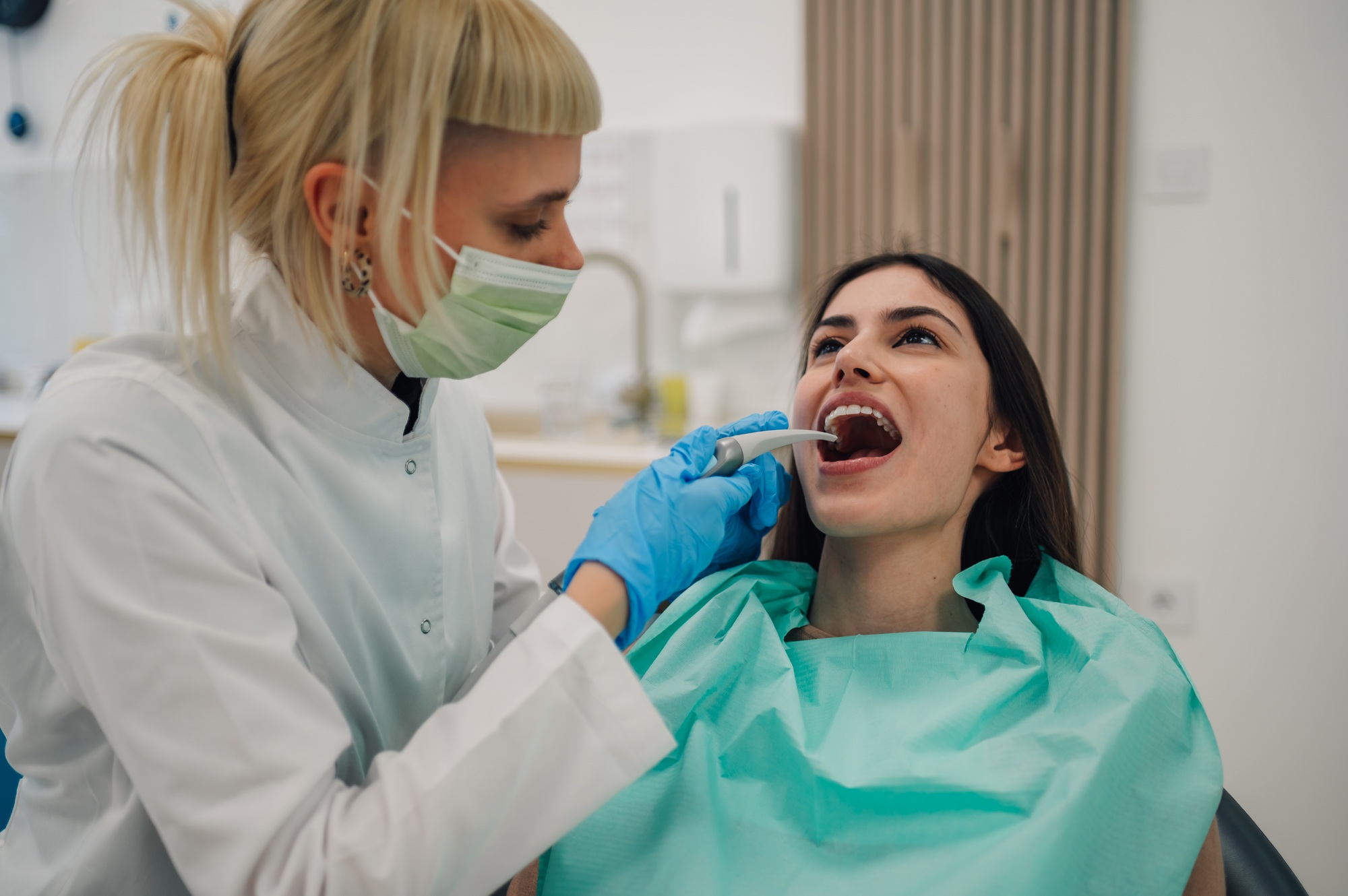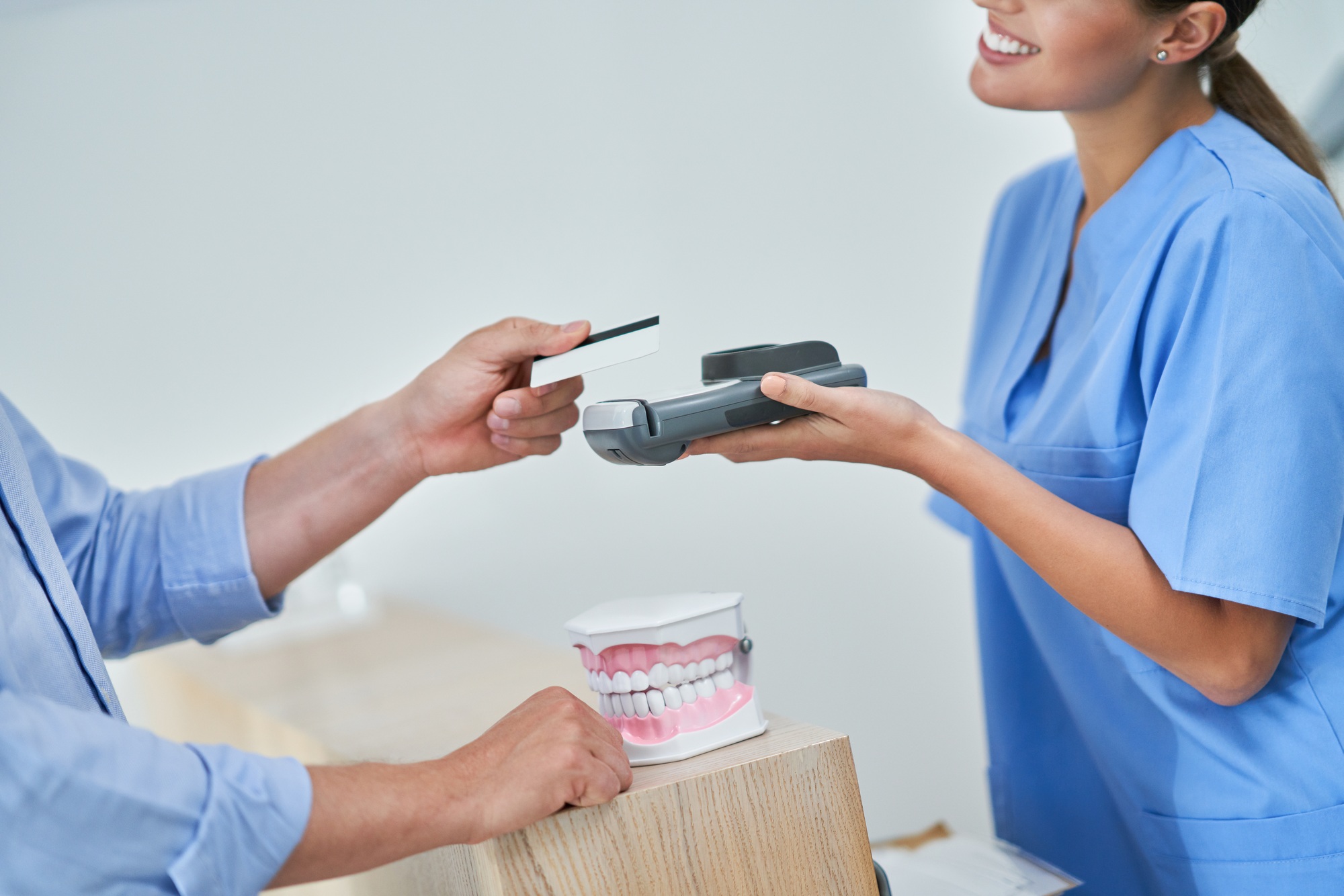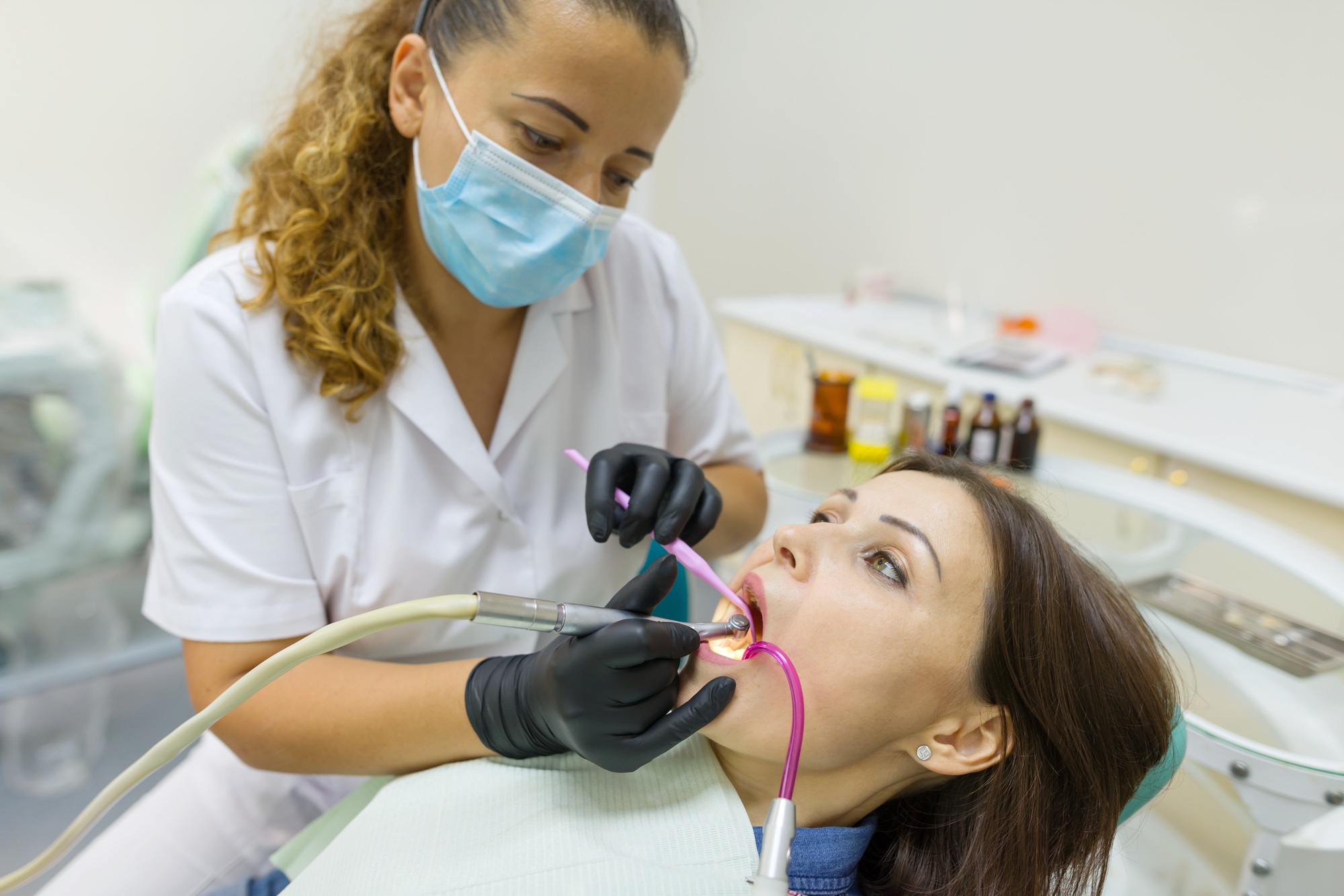Emergency Tooth Extractions
Contact Us
Emergency Tooth Extraction at Bright Smiles
Understanding Emergency Tooth Extractions
Emergency cases demand speed. A damaged or infected tooth may threaten health, and requiring emergency extraction prevents spread. Patients must visit an emergency dentist when pain or swelling escalates.
Signs You Need an Emergency Tooth Extraction
Swelling around the tooth that spreads to the face or jaw.
Intense tooth pain or pressure when biting.
Fever linked to tooth infection.
Trauma or dental injury leaving the entire tooth fractured.
Pus discharge, a common sign of a dental emergency.
When Tooth Extraction Becomes Necessary
An emergency extraction is needed for patients experiencing a dental emergency such as spreading infection. Dentists must sometimes require immediate extraction to prevent systemic illness.
Types of Tooth Extractions
Simple Extraction:
Surgical Extraction:
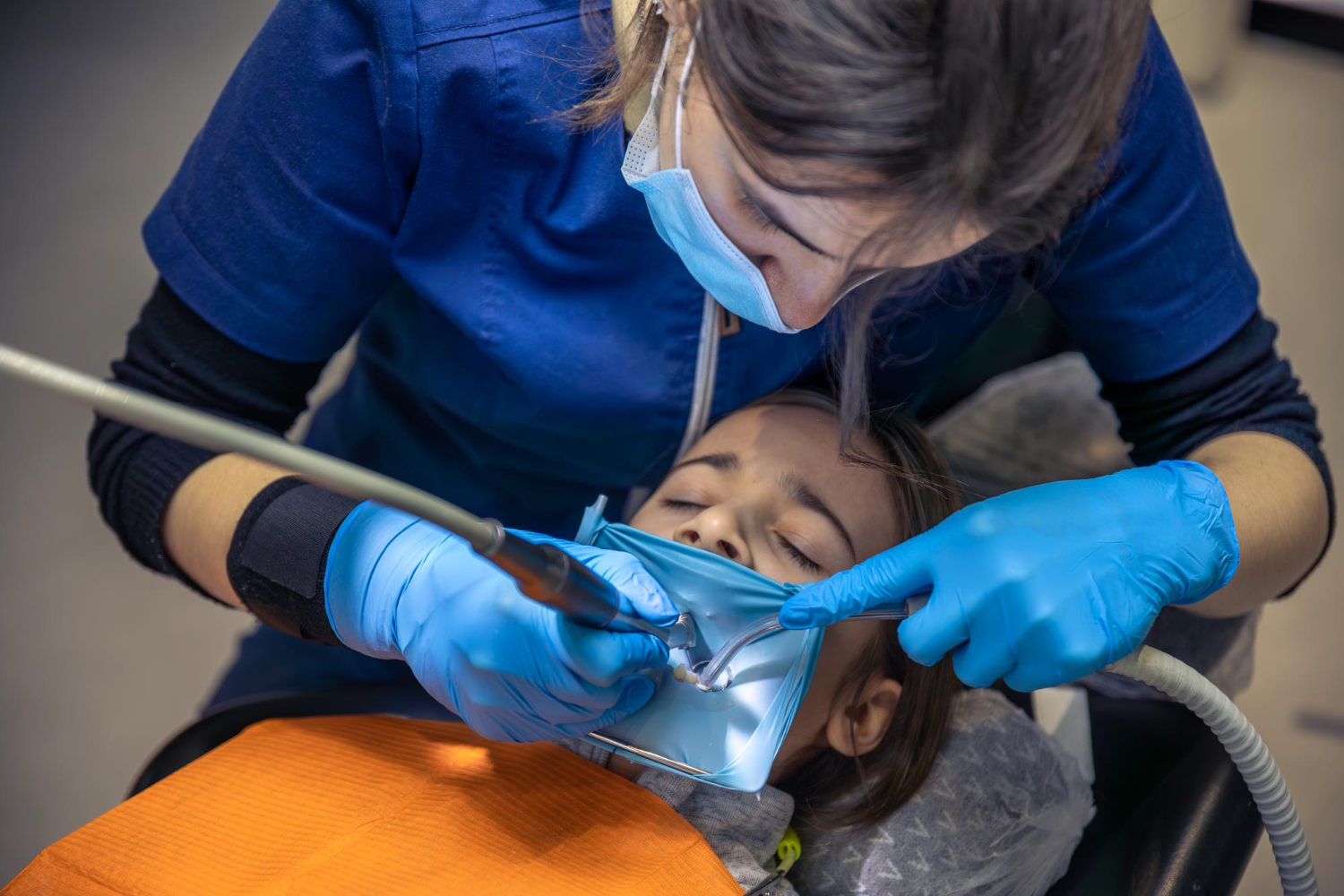
The Emergency Tooth Extraction Process
Examination of dental history and X-rays.
Numbing the area for comfort.
Instruments used to extract a tooth.
Cleaning and protecting the extraction site.
Instructions for following the extraction.
Emergency Care and Aftercare
Following the extraction, patients should eat soft foods, keep the mouth clean, and avoid smoking. Recovery takes one to two weeks depending on the condition of the tooth.
Cost of Emergency Tooth Extractions
Extraction can vary based on whether it is a simple extraction or surgical extraction. Planned extractions usually cost less than urgent cases.
Most patients use dental insurance or dental benefits to reduce out-of-pocket expenses. Our staff explains coverage before treatment.
Tooth Replacement Options
Dental implants replace missing roots and crowns.
Bridges support tooth within the arch.
Dentures restore multiple missing teeth.
Emergency Situations Requiring Extraction
Severe decay leading to infection.
Trauma leaving a tooth beyond repair.
Gum disease with advanced bone loss.
Preventing Dental Emergencies
Still, when emergencies happen, Bright Smiles offices stand ready to provide emergency support in Cumming, Lawrenceville, and Dawsonville.
Local Expertise in Cumming, GA
Local Expertise in Lawrenceville, GA
Most patients use dental insurance or dental benefits to reduce out-of-pocket expenses. Our staff explains coverage before treatment.
Local Expertise in Dawsonville, GA
Call Bright Smiles Today
Learn when emergency tooth removal is necessary. Trust Bright Smiles to perform tooth extractions safely and effectively.
FAQ :
1. What is an emergency tooth extraction, and when is it needed?
2. What are the signs that I need an emergency tooth extraction?
Swelling around the tooth that spreads to the face or jaw.
Intense pain or pressure when biting or chewing.
Fever linked to a tooth infection.
Trauma resulting in a fractured or broken tooth.
Pus discharge, a common sign of infection.
If you notice any of these symptoms, it’s important to call an emergency dentist right away.
3. What is the process for an emergency tooth extraction?
Examination of the tooth and X-rays to determine the best approach.
Local anesthesia to numb the area, with sedation available for anxious patients.
Extraction using specialized tools, either a simple or surgical extraction depending on the complexity.
Post-extraction care, including gauze to prevent infection and promote healing.
At Bright Smiles, we prioritize your comfort and safety during every step of the procedure.
4. What is the difference between a simple and surgical tooth extraction?
Surgical Extraction: Required for impacted teeth or those broken below the gumline. This may involve a small incision in the gum or bone.
Our team at Bright Smiles uses advanced tools and techniques to perform both types of extractions with precision and care.
5. How much does an emergency tooth extraction cost?
6. What happens after an emergency tooth extraction?
Rest and avoid spitting or using straws.
Apply cold packs to reduce swelling.
Eat soft foods and avoid chewing on the extraction side.
Follow-up appointments may be scheduled to ensure proper healing and prevent complications such as dry socket.
7. How long does it take to recover from an emergency tooth extraction?
8. What are the risks of an emergency tooth extraction?
Infection at the extraction site.
Uneven healing or dry socket.
Swelling or sensitivity that lasts longer than expected.
At Bright Smiles, we minimize these risks by using sterile tools and providing thorough aftercare instructions to ensure a smooth recovery.
9. Can I get a tooth replaced after an extraction?
Dental implants: A permanent solution that replaces both the root and crown.
Bridges: Replaces a missing tooth by anchoring to adjacent teeth.
Dentures: Used for multiple missing teeth.
Our team will discuss the best tooth replacement options based on your needs and budget.
10. How can I prevent the need for an emergency tooth extraction?
Contact Us for Emergency Dental Care
If you’re experiencing a dental emergency and suspect that you may need an extraction, don’t wait—contact Bright Smiles Dentistry & Orthodontics right away. Our team is ready to provide fast, effective treatment to alleviate your pain and protect your oral health.
Call us at (678) 941-5151 or visit our website to book an emergency appointment at one of our convenient locations in Dawsonville, Cumming, or Lawrenceville, GA.
Any Questions?
We'll answer your questions and get back to you within 24 hours.
Contact Us
Enter your info and we'll get right back to you.
We'll contact you within 24 hours of your submission.


